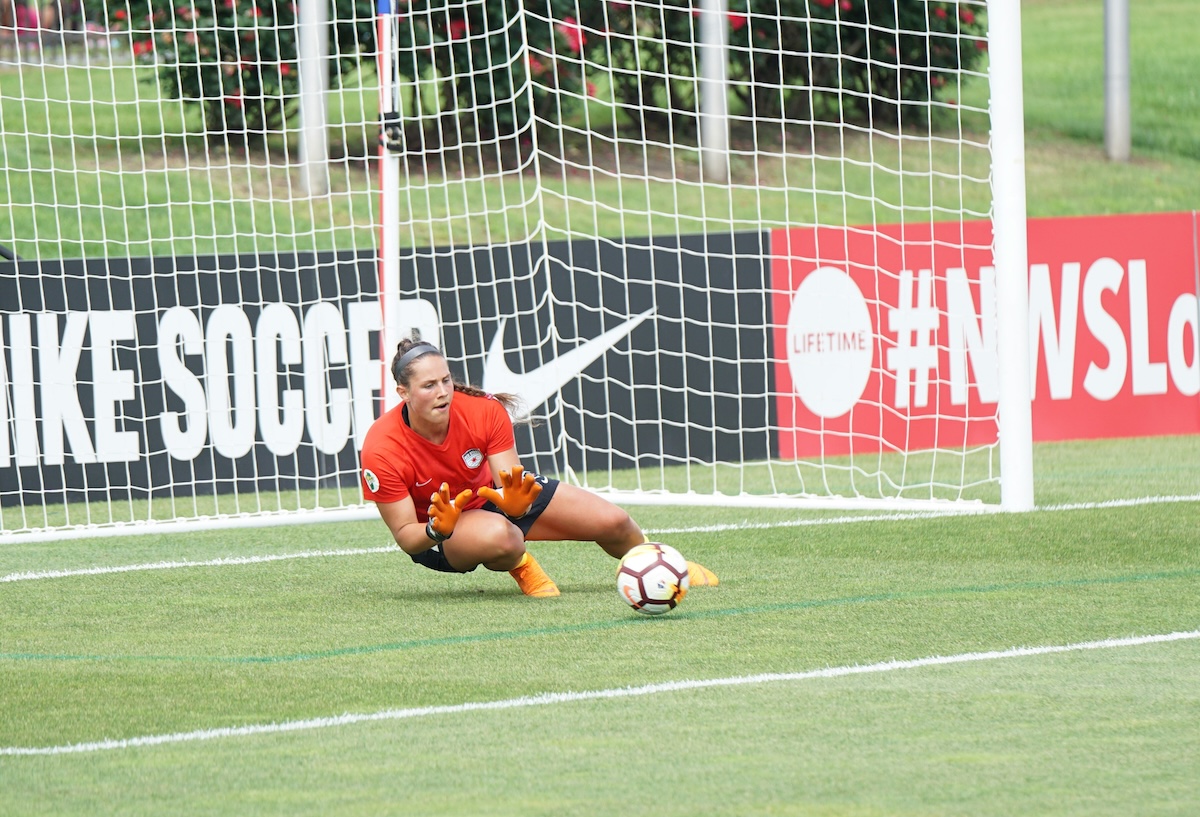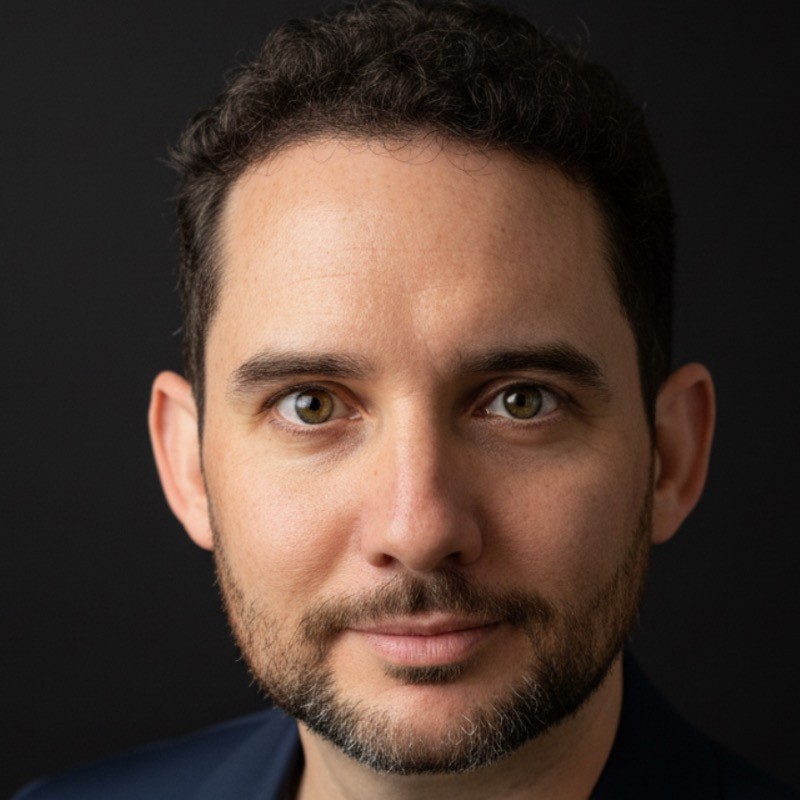

Markets have seen billions splashed around on big AI deals over the last quarter. But when it comes to the investment habits of the world's biggest billionaires, they spent the last quarter going defensive. Here's what they bought and sold.
We're able to pour over what billionaires like Bill Gates and Warren Buffett bought and sold thanks to the power of transparency.
US securities law requires large investment managers to publicly disclose their equity holdings each quarter through SEC Form 13F filings. These regulatory filings provide a transparent record of what billionaire traders and major funds bought and sold in the most recent quarter, allowing investors and analysts to track their portfolio moves with a lag of just a few weeks. Without these disclosure rules, the trading activity and strategy of the world’s top investors would remain largely hidden from view. After the recent filing deadline, we're now able to take a look at Q3 2024-25 investments to see the patterns that are emerging. And it's one of uncertainty.
Here's how the money moved.
In the September quarter, the world’s most-watched billionaire investors dialled down risk, with portfolio activity across the Gates Foundation, Icahn Capital, Pershing Square, and Berkshire Hathaway (the cross-section we looked at) showing a clear tilt toward selling rather than buying.
All four funds trimmed key holdings rather than adding new names or doubling down on old ones. Most of the moves were reductions in position size among the biggest and most recognisable stocks in their portfolios, with no evidence of broad new bets or sector rotations.
There were no major fresh buys, no splashy new ideas, and no shifts into untested themes. Instead, the quarter was defined by defensive actions. That is, selling down portions of long-held winners, banking profits, and tightening the concentration around core ideas. The message from these billionaire investors is clear: keep exposure to proven winners, but don’t let risk get out of hand when valuations are high and uncertainty is rising.
Let's take a look at four of the biggest to see how these defensive moves shook out from portfolio-to-portfolio.
Warren Buffett’s Berkshire Hathaway kept its reputation for concentration and selective bets, but there were more signs of portfolio reshaping in the September quarter than casual observers might expect. Apple remained by far the dominant holding, accounting for nearly half the entire portfolio, but Buffett trimmed the stake by around 12 percent. That’s the largest cut to Apple he’s made in years and a major event for Berkshire’s famously sticky portfolio. Despite the trim, the position is still so large it would take years of selling to shift the balance meaningfully.
Elsewhere, Buffett took profits and reduced stakes in several of his blue-chip mainstays—Chevron and HP were both slashed by over 20 percent, while the Amazon holding was pared back by a modest 2.5 percent. The portfolio’s old-guard financials—Bank of America, American Express, Coca-Cola and Moody’s—were left largely untouched.
There were no blockbuster new buys. Instead, there’s evidence of Buffett’s caution and a hint that he sees valuations running ahead of fundamentals in key sectors, especially big tech. He’s willing to lighten up on the high-fliers when the numbers get stretched, but he isn’t rushing to redeploy cash into fresh themes.
The Gates Foundation Trust pared back almost every major holding during the third quarter of 2025. The largest single holding, the aforementioned Berkshire Hathaway (BRK.B), was cut by nearly 10 percent, leaving it at just under 30 percent of the overall portfolio. Waste Management (WM), another anchor position, was trimmed by 10.2 percent, while Canadian National Railway (CNI), Microsoft (MSFT), and Caterpillar (CAT) all saw reductions in the range of 5 to almost 14 percent. These weren’t symbolic moves—the dollar value of these reductions ran into the hundreds of millions or more.
Deere, Ecolab, Madison Square Garden Sports, PK, and Danaher were left unchanged, suggesting no fresh buying or new bets among secondary holdings. Smaller holdings like Walmart, FedEx, Kraft Heinz, Hormel, and Waste Connections were all trimmed, but again, there was no outright liquidation or big rotation.
Not a single holding was added to or initiated. The only activity was a systematic reduction in position size, with no moves into new names or sectors. Over 80 percent of the portfolio remains concentrated in the top five holdings even after these cuts, so the fund’s risk profile and focus haven’t shifted much in substance.
Icahn Capital’s portfolio saw notable shifts in the September quarter, with investor legend Carl Icahn making both targeted reductions and increases in his tightly focused holdings. His dominant position, Icahn Enterprises (IEP), rose by 4.5 percent, reinforcing it as the overwhelming anchor of the portfolio at more than 48 percent of total assets.
CVR Energy (CVI), the next largest stake, was left unchanged. In contrast, Icahn made a decisive cut to his third-largest holding, Southwest Gas Holdings (SWX), reducing it by almost 19 percent. This marks a significant scale-back rather than a routine rebalance.
Other moves were smaller in dollar terms but clear in intent: FirstEnergy (FE) and Herc Holdings (HRI) were both trimmed by about 5 percent. Dana Incorporated (DAN) was reduced by nearly 7 percent. Meanwhile, the fund slightly increased its position in Bausch Health Companies (BHC) by 2.7 percent, but this remains a minor part of the overall portfolio.
Importantly, there were no new stocks added and no new themes introduced. Every action was either a reduction in existing holdings or a marginal increase in positions Icahn already owned. The fund remains extremely concentrated, with the top two holdings making up over 65 percent of assets.
Bill Ackman’s Pershing Square Holdings made modest, precise reductions to its portfolio in the September quarter of 2025, but kept its existing positions and strategy intact. No new stocks were added, and there were no dramatic reallocations or exits.
The top holding, Uber Technologies, was reduced by a fraction, just 0.1 percent, remaining above 20 percent of the total portfolio. Brookfield Asset Management, the next largest position, was trimmed by 0.5 percent, and Howard Hughes Holdings by 0.6 percent. All three are still substantial weightings and remain the fund’s top bets.
The only material cut was to Alphabet (GOOG), down by 9.6 percent. This was the largest move Ackman made all quarter, but even after the reduction, Alphabet is still a core holding. Restaurant Brands International was reduced by 0.4 percent, and Amazon by 0.2 percent—both so minor they look more like routine rebalancing than any change in view.
Ackman’s actions for the quarter reflect a steady, risk-managed approach. No positions were increased, no new names appeared, and no sectors were added or dropped. All the activity was in minor reductions, with the single exception of the more significant trim to Alphabet.